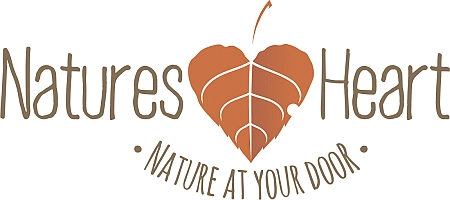We’ve had a lot of people ask us questions about nectar and nectar feeders. We’ve decided to write a post explaining everything we know about nectar. Our information is based on research done by Dr Mark Brown (an ornithologist who has studied nectar feeding birds and what makes up the natural nectar they feed on for well over 15 years), Elaine Reed (an avid birder and Owner of Elaine’s Birding and Wildlife Products), her personal experience and research of birds for over 20 years, and our own experience.
Where to place the Nectar Feeder?
To help the birds find your nectar feeder, initially place the nectar feeder in your “bird feeding zone,” where all your other feeders are situated. Always ensure it is a shady spot as food and nectar will last longer out of the sun. Usually Bulbuls, Weavers and White Eyes will be attracted to your nectar first, if it starts to take a while, do not despair. Simply move the feeder to different positions in your garden. Birds don’t mind if you move your feeder around, as long as you keep it full.
Do I need to add dye/food colouring to the mixture to attract Sunbirds?
A very common question, with the answer being no! Food colouring is an additive that is not found in nature, so why give it to your birds? Your nectar should be clear. It is true, that Sunbirds are attracted to colour, which is one of the reasons why flowers are so colourful. Rather use a nectar feeder that contains colour, for example, a red lid that will entice the Sunbirds to drink.
Which birds can I expect to attract to the Nectar Feeder?
Birds that visit garden nectar feeders fall into two groups:
Specialist nectarivores, such as Sunbirds and Sugarbirds.
Generalist nectarivores, such as Bulbuls, Starlings, White Eyes, Weavers, Drongos, Boubous, Sparrows and Orioles.
As mentioned previously, it is usually the White Eyes, Weavers and Bulbuls that get to the feeder first.
Do nectarivores pollinate flowers?
Nectar birds are very important pollinators of flowers. According to DR Mark Brown, although research has been conducted on the specialist nectarivores for almost a century, very little work has been done on the preferences of the generalist nectarivores, mainly because they were not considered important pollinators. We now know differently: There are many plant species, especially in Southern Africa, that are pollinated not by the specialist nectarivores, but rather by birds that visit flowers less frequently.
What do I do about bees?
Sugar attracts bees, often they will end up getting stuck inside the nectar nozzle which can cause some irritation, and the death of the bees. For this reason we supply Elaine’s Nectar Feeders which come with a good quality bee guard to prevent bees from getting trapped.
What nectar solution do I put in the nectar feeder?
The most common question of all; we decided to save the best till last. Firstly, forget about all these “recipes” that contain all sorts of additives such as Beetroot, Soy, Bovril, Syrup and honey as these are very difficult for birds to digest. Flowers that birds feed on contain three types of sugar, in varying amounts. Most contain sucrose (table sugar) and some contain glucose and fructose as a mix (which are the monosaccharide sugars that make up sucrose). Birds have evolved to digest sugars found in nectar, which are sucrose, glucose and fructose. So nectar mixes and sugar water is prefect for the birds.
So, how much sugar water to add into the nectar feeders? The best option is a 15–25 per cent solution of plain table sugar (sucrose), which is easy to prepare and does not ferment quickly in the sun. This mixture best emulates what is produced naturally from flowers.
Elaine’s Birding Nectar Mix is specifically formulated to offer birds a very natural Nectar Mix; we recommend her Nectar Mix as the best option for the birds.
I hope we have covered all of your nectar questions, and that you have enjoyed our Nectar Questions & Answers blog.
We would love to hear from you, if you have any questions please feel free to comment below or to email us, it may be that your question is one we can add to the blog if we have not yet covered it.


Hello Diane. Based on the information we have from the experts, it seems that white sugar is best rather than glucose, fructose etc. Use a 1:5 mixture, or even weaker…
Hello Rose. As a lover of white-eyes, I think you are actually blessed! Frankly, the best solution is a second nectar feeder (or more than two). Also, the larger feeder is clearly better when you have large numbers of thirsty birds.
I would like to use glucose in my nectar feeder what is the ratio I should use?
White eyes have monopolized my bird feeder chasing away all my sunbirds and other birds do you have any suggestions? I removed the feeder completely for a couple of weeks and now have put it back and the white eyes are back again! No other birds and I used to have all the sunbirds feeding!
Hello Gill
The RSA experts on these nectar feeding birds assure us that the best food is sugar water, and this emulates what they find in the plants. In principle the mixture would not have killed the birds unless another pathogen occurred, as an example the fluid was going off. The biggest killer is xylitol. Short of any other knowledge of the death of these birds, we suggest firstly no “additives” (eg. colouring) just sugar water, and regular cleaning of the feeder and replacement with fresh liquid. In itself sugar water will not kill the birds.